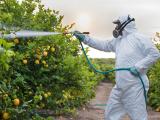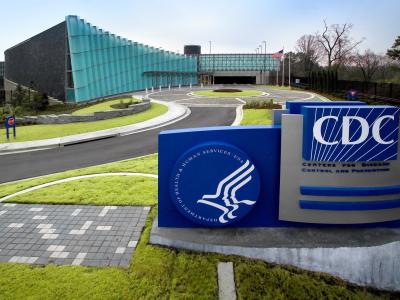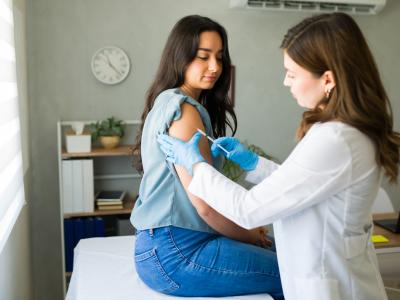Scientists in the United Kingdom reported this week that an investigative oral vaccine provided significant protection in a human challenge trial against a strain of Salmonella that causes enteric fever.
The oral live-attenuated vaccine, CVD 1902, was developed at the University of Maryland and targets one of the antigens considered most likely to produce an immune response to Salmonella enterica serovar Paratyphi A, which spreads through contaminated food and water and causes more than 2 million cases of enteric fever annually. No vaccine is currently available for S Paratyphi A.
In the phase 2b trial, the vaccine was given to a group of healthy participants, who were then deliberately exposed to S Paratyphi A to assess protection. The results of the trial, which showed that the risk of S Paratyphi A infection was 73% lower in those who received the vaccine compared with those who received placebo, were published this week in the New England Journal of Medicine.
The study authors say it's an important first step for a much-needed vaccine.
"This is the first time a modern-day vaccine has been shown to protect people against Salmonella Paratyphi A, a disease that affects millions of people every year," lead study author Naina McCann, PhD, a clinical research fellow at the Oxford Vaccine Group, said in a news release. "By using a controlled human infection model, we were able to show that this vaccine was effective using only a small number of participants, greatly accelerating the path to a licensed vaccine.”
Vaccine efficacy of 73%
In the double-blind, randomized trial, a team led by the Oxford Vaccine Group enrolled 72 healthy participants aged 18 to 55 at six UK sites from April 2022 through November 2023 and randomly assigned them to receive two doses of CVD 1902 or placebo 14 days apart.
Four weeks after the second dose, the participants were challenged orally with a wild-type strain of S Paratyphi A that had been isolated in 2006 from a patient in Nepal. Participants were monitored for 15 minutes afterward, then asked to record symptoms in an electronic diary for 21 days.
The primary endpoint was a diagnosis of S Paratyphi A infection—also called paratyphoid fever—within 14 days of the challenge. Secondary endpoints included safety and immunogenicity. The immunogenicity endpoints were serum immunoglobulin G and A (IgG and IgA) antibody responses to the S Paratyphi A O lipopolysaccharide and FliC (flagellin) antigens on days 14 and 42 after the first vaccine dose.
This is the first time a modern-day vaccine has been shown to protect people against Salmonella Paratyphi A, a disease that affects millions of people every year.
In the intention-to-treat population, an S Paratyphi A infection was diagnosed within 14 days of the challenge in 7 (21%) of 34 participants in the CVD 1902 group and 27 (75%) of 36 participants in the placebo group, resulting in a vaccine efficacy (VE) of 73%. VE was 69% in the per-protocol analysis.
The number of adverse events was similar in both groups, with nausea and vomiting more commonly reported in the vaccine group. No serious vaccine-related adverse events were identified. Immunogenicity results showed CVD 1902 induced serum IgG and IgA responses to the O antigen but not the FliC antigen, while no increases in serum IgG or IgA titers occurred in the placebo group.
All study participants were treated with antibiotics for 7 to 14 days.
Field-testing needed
The authors note that the World Health Organization has endorsed the use of human challenge trials to support licensure of S Paratyphi A vaccines because of the difficulty of conducting field trials, which would require large numbers of people given the relatively low incidence of paratyphoid fever. But they add that the vaccine ultimately needs to be field-tested in its target population—school-aged children in endemic areas (primarily Asia and Africa).
"We are in a constant fight against bacterial infections, like paratyphoid, that threaten the lives of children in some of the most resource-poor regions of the world," said study co-senior author and Oxford Vaccine Group director Sir Andrew Pollard, MBBS, PhD. "This study provides hope that this important disease could be controlled by vaccination if the same effects can be obtained in real-life conditions in those communities."
The researchers say they're also evaluating bivalent vaccines that would target both S Paratyphi A and S Typhi, the other leading cause of enteric fever.
"A bivalent vaccine targeting S. Paratyphi A and S. Typhi is the most likely path to licensure for an S. Paratyphi A vaccine because such a vaccine offers a comprehensive approach to preventing enteric fever," they wrote.
























